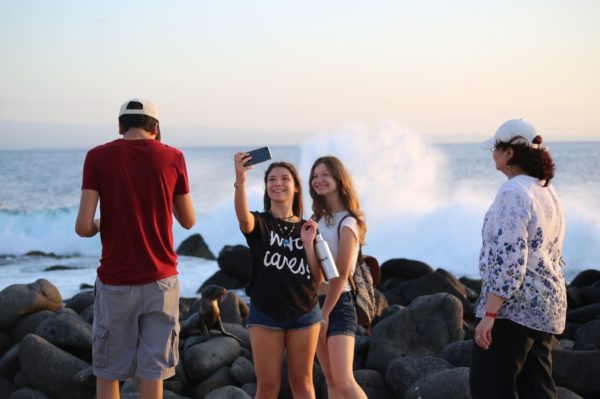Invasive Species on the Galapagos Islands: Before and After
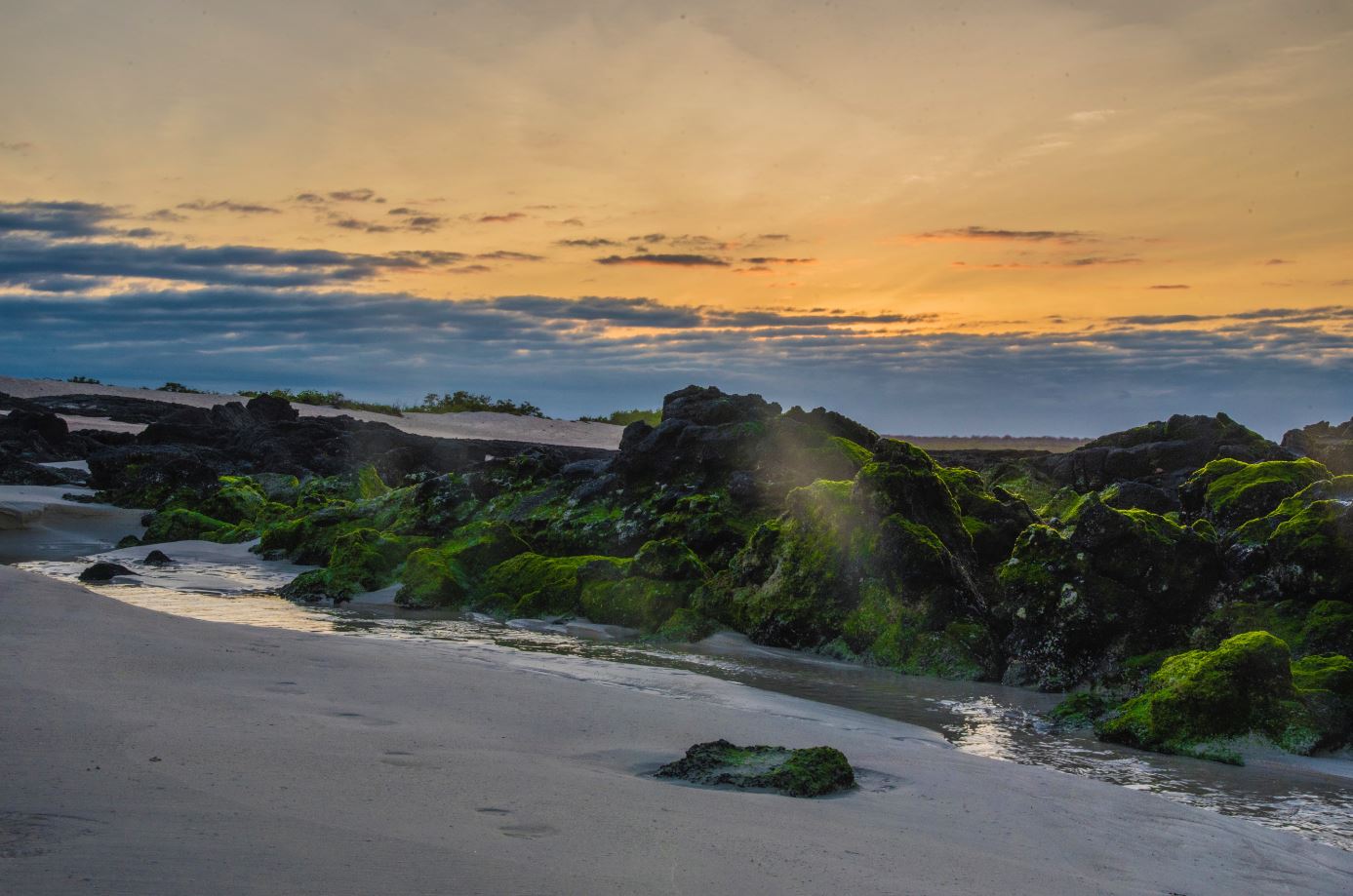
Understanding Invasive Species in the Galapagos Islands
Goats and Blackberries: More Dangerous Than They Sound
While in the Ecuadorian archipelago, and even before your trip, you will certainly start to hear about invasive species in the Galapagos Islands. This is due to the fact that years ago, introduced species that got to the islands, either by humans or nature, started affecting the endemic environment that was not able to compete with them. They reduced some animal and vegetation populations to dangerous numbers.
Two of the most commonly known invasive species of the Galapagos Islands are the feral goat (Capra hircus) and the hill blackberry (Rubus niveus). At first, you might think of them as absolutely harmless. Actually, they caused such damage to the local ecosystems that it became a public priority to reduce their population, control their spread across the islands and restore damaged environments.
How did goats get to the islands?

Goats remain as one of Galapagos Islands most dangerous invasive species. Photo by Anne and David via Flickr
Humans were the reason behind the introduction and dispersion of this species. It started as an alien species but soon became invasive because native creatures were no match to the introduced ones. They were stronger predators and had no predators of their own. Local organisms in the archipelago do not face the same selective pressures as their counterparts on the mainland, which means they are almost always at a disadvantage to new species.
Feral goats first arrived on the islands when they were brought in by pirates, fishermen, and whalers who abandoned them to guarantee a fresh meat supply when they came back to the archipelago. Because goats are able to breed twice a year and can easily adapt to adverse circumstances, their population grew uncontrollably on all of the main islands – Floreana, Santa Fe, Española, Santa Cruz, San Cristobal, Isabela, Pinta, and Marchena. They can even drink salt water when fresh water is scarce.
How did they affect the native ecosystems?
Goats eat everything that crosses their path. This means that growing forests were rapidly turned into grasslands and that the seedlings of the endemic plant had no chance of survival. They eliminated many endemic plants from the fern, herb and shrub families and other well-known species like acacias, opuntias, and scalesias. This turned out to be catastrophic for other animal species that were feeding on these, like tortoises, land iguanas, mockingbirds and cactus finches. This caused many of these species to start disappearing. The only vegetation areas that survived on infested islands were the ones inaccessible to goats.
What about those sweet, little blackberries?
The blackberry was first introduced by humans to the island of San Cristobal for agricultural purposes. It was rapidly spread to other islands like Isabela, Santa Cruz and Santiago by native bird species who fed on the fruit. Soon enough they were responsible for the localized spread of this plant.
The blackberry is one of Galapagos worst weed threats. Capable of invading any available space, it can grow up to 4 meters high forming dense, thick, bushes that have no trouble replacing native vegetation – endangering it as it grows. The blackberry, along with other invasive species, is responsible for depleting the scalesia forest at Los Gemelos on Santa Cruz Island.

Invasive species like the blackberry has caused enormous environmental impacts in the Galapagos Islands
How are they controlled?
When UNESCO proposed the Galapagos archipelago be included on its list of endangered World Heritage sites, they recommended the immediate control of invasive species. Eradication programs for the goat problem were put into place by public and private institutions. The Galapagos National Park, The Charles Darwin Research Station, WWF, Natura Foundation and World Conservation committed themselves to the elimination of goats from six of the islands. Advanced technology and procedures were put into place resulting in some successful cases of goat eradication like the one on Isabela. Our Galapagos Cruise visits Isabela, where guests will realize how the environment is thriving, making it an amazing and enjoyable experience.
Blackberries, on the other hand, required a different approach, due to the fact that the seeds can hatch even after years of being dormant in the soil. They can only be sprayed with herbicide once they germinate. Therefore, it takes much longer to be able to eradicate it, and in the meantime, birds keep on spreading the seeds.
Prevention and Awareness
Even though awareness has been instilled among the local population, a lot of work still needs to be done. Feral goats and blackberries are not the only invasive species threatening the archipelago. Extensive control is undertaken by the Galapagos National Park prior to departure from airports. Luggage is checked for any product that might contain seeds or represent any sort of threat. If any such product is found, authorities will ask visitors to throw it away at the Guayaquil or Quito airports. This is but one example of how the Galapagos National Park tries to protect its ecosystems. Even so, new generations of visitors and locals must learn to value the uniqueness of places such as the Galapagos. It’s up to us if this place survives or not.
Work Cited: Invasive Species in the Galapagos Islands Goats and Blackberry (Mora), Castillo-Flores Aida, 2008
RELATED STORIES
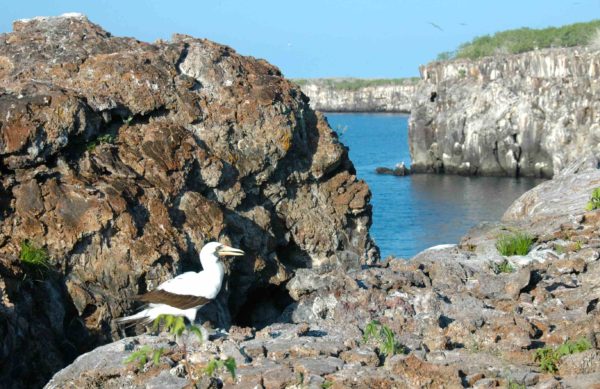
Interesting facts about the three types of boobies in the Galapagos

Food on a Galapagos Cruise: We’ve Got You Covered
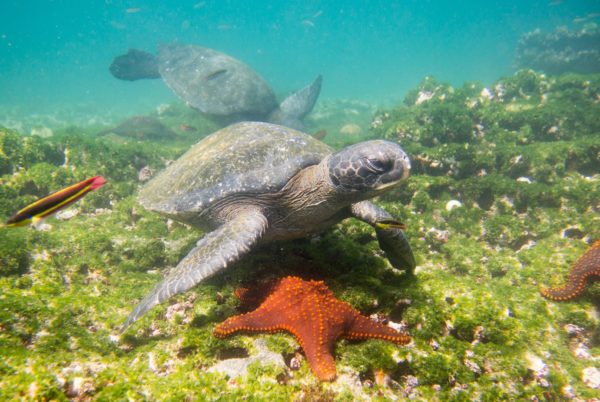
My Favourite Sea Turtle Experience Aboard the Santa Cruz II
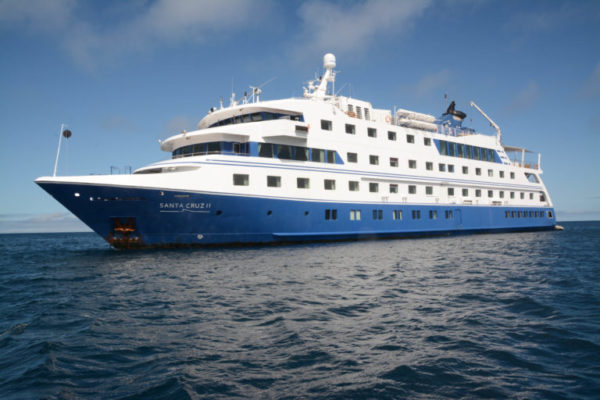
First Day Aboard the Santa Cruz II
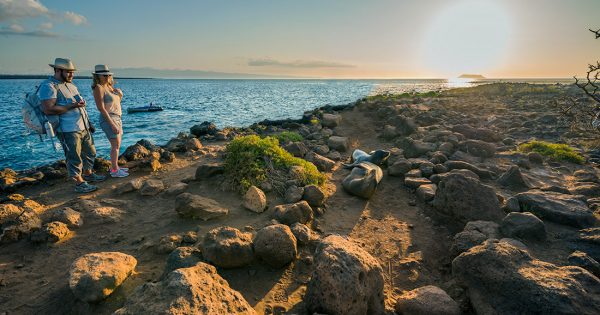
North Seymour Frigates and Boobies
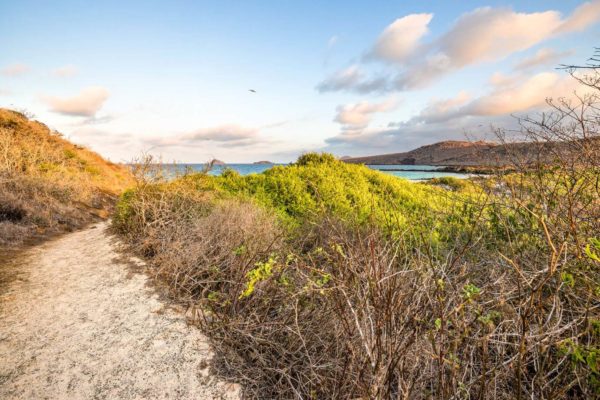
Ecuador Facts (Vol. I): An Interesting Collection of Natural Wonders and Achievements
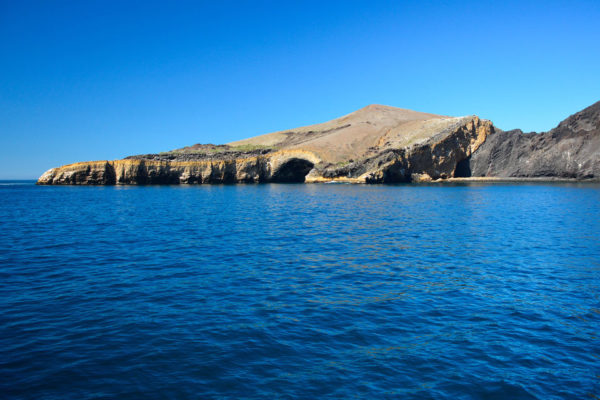
Galapagos Experience Testimonial
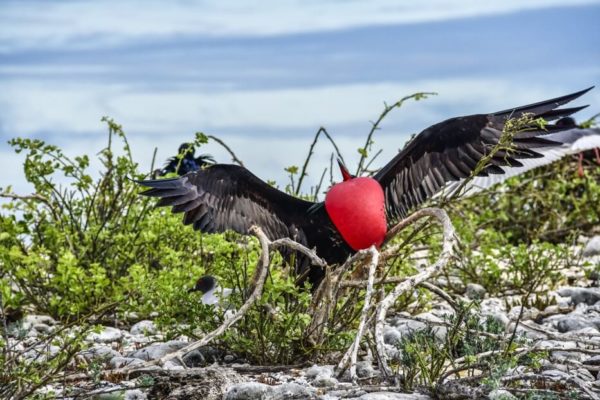
Galapagos Frigatebirds: A Colorful Medley of Courting & Nesting
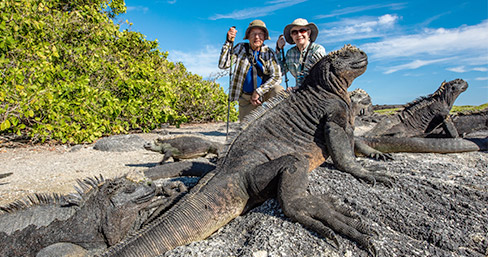
The Beauty of an Intimate Galapagos Vacation
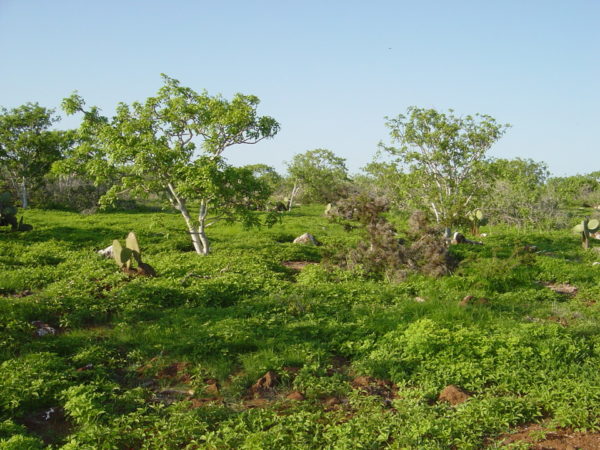
A Brief History of Plant Life in the Galapagos
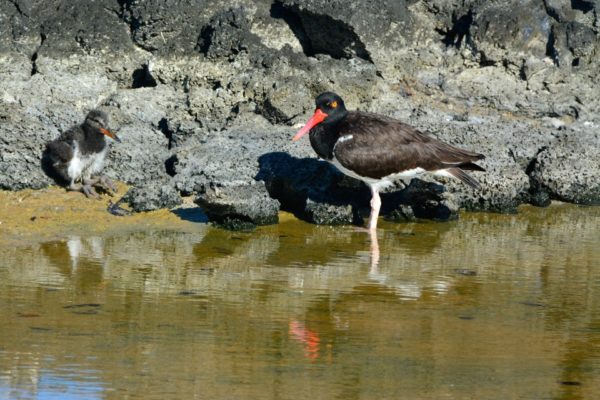
Hidden in Plain Sight: The Galapagos Baby Oystercatcher
